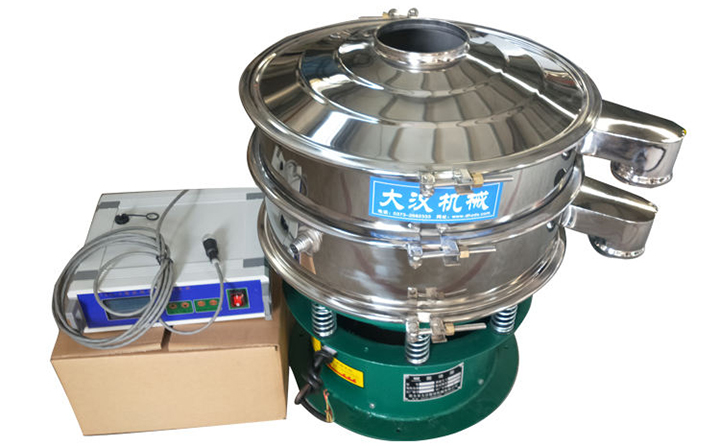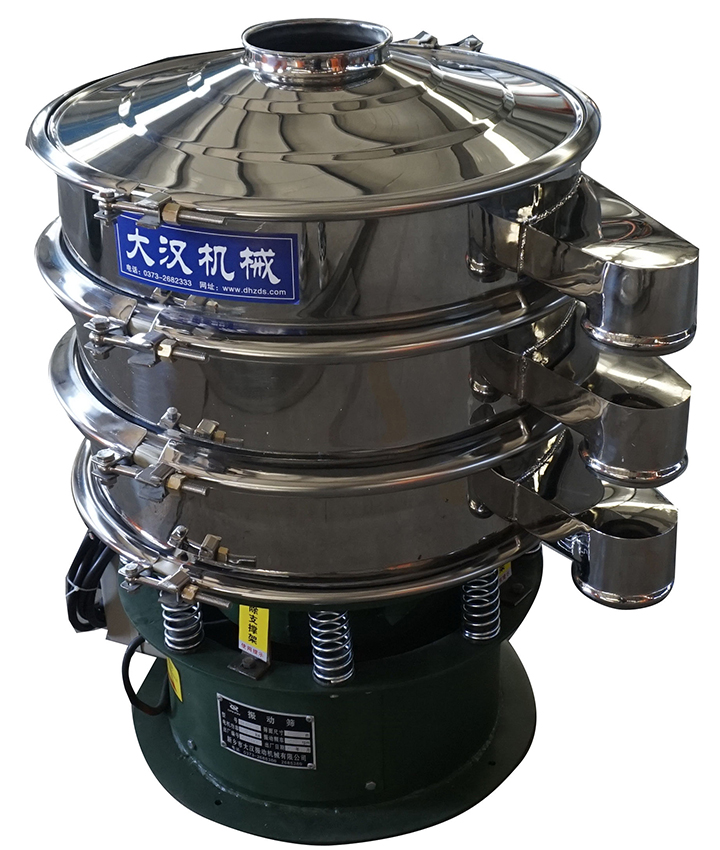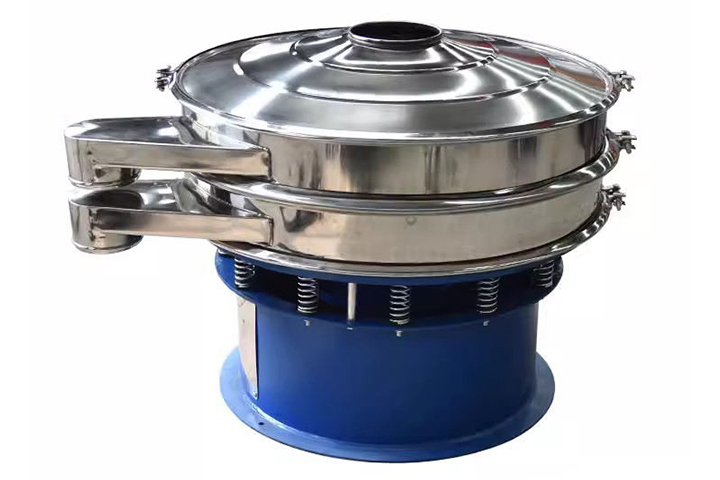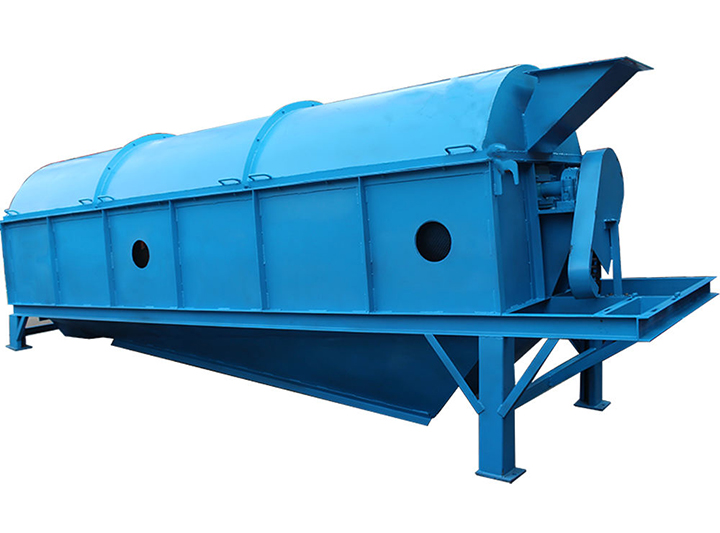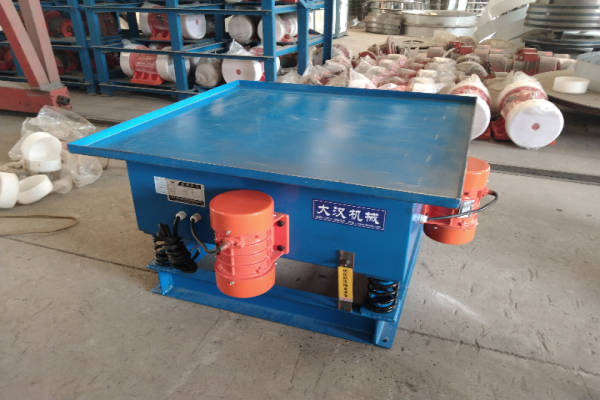
Vibratory Table
Vibration table is Priced at $600.00-$3,500.00/Set,which is a specialized equipment for settling, compacting and strengthening materials in various industries .
Power:7.5kw
Vibration frequency: 20-80Hz
Exciting force:80KN
capacity:8T
Size:800-4000*800-3200
What is a Vibratory Table?
A Vibratory Table is a device that achieves efficient material processing through vibration, capable of performing various tasks such as compaction, separation, and conveying. It is widely used in industries like construction, chemical engineering, food, and mining. Its vibration frequency and amplitude can be flexibly adjusted to adapt to different material characteristics. A single unit can process 5-50 tons of materials per hour, significantly improving processing efficiency. The equipment adopts high-quality vibration motors and shock absorption devices, ensuring stable operation with low noise, and reducing energy consumption by approximately 20% compared to traditional equipment. Whether it is for compacting concrete precast components, separating chemical raw materials, grading ores, or screening food, it can accurately meet the needs and provide reliable support for production in various industries.

What are the advantages of a Vibratory Table?
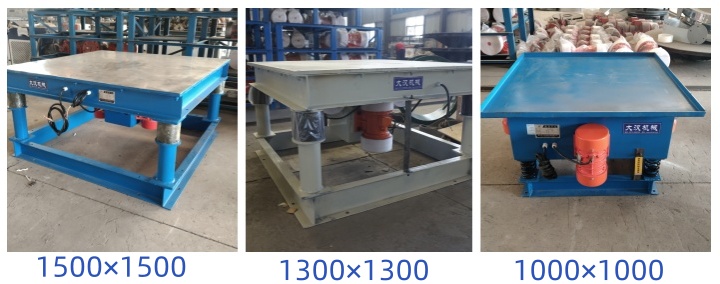
A Vibratory Table has unique advantages such as high efficiency, stability, and energy saving. These advantages can significantly improve production efficiency, reduce costs, and bring multiple positive impacts to production.
Fast processing: The vibration frequency and amplitude can be adjusted, enabling quick adaptation to the processing requirements of different materials, greatly shortening processing time, and significantly increasing the amount of materials processed per unit time.
Stable operation: It uses high-quality vibration motors and shock absorption devices to ensure the equipment remains stable during long-term operation, reducing the occurrence of faults and lowering maintenance costs.
Energy-saving and environmentally friendly: Compared to some traditional material processing equipment, the Vibratory Table has lower energy consumption and produces less noise during vibration, meeting the energy-saving and environmental protection requirements of modern production.
Vibration Table Specifications
| Model | Table Size (m2) | Power (kw) | Amplitude (mm) | Weight (kg) | Speed (r/min) | Power (kw) |
| ZDP-500*500 | 0.25 | 0.25*2 | 2-5 | 150 | 1450 | 0.18*2 |
| ZDP-600*600 | 0.36 | 0.37*2 | 2-5 | 180 | 0.25*2 | |
| ZDP-800*800 | 0.64 | 0.75*2 | 2-5 | 300 | 0.4*2 | |
| ZDP-1000*1000 | 1.0 | 1.1*2 | 2-5 | 450 | 0.75*2 | |
| ZDP-1200*1200 | >1.44 | 1.5*2 | 2-5 | 1200 | 1.1*2 | |
| ZDP-1500*1500 | 2.25 | 1.1*4 | 2-5 | 1800 | 1.5*2 | |
| ZDP-2000*2000 | 4.0 | 1.5*4 | 2-5 | 2500 | 2.2*2 | |
| ZDP-3000*3000 | 9 | 1.5*6 | 2-5 | 3200 | 2.5*2 |
What is the working principle of a Vibratory Table?
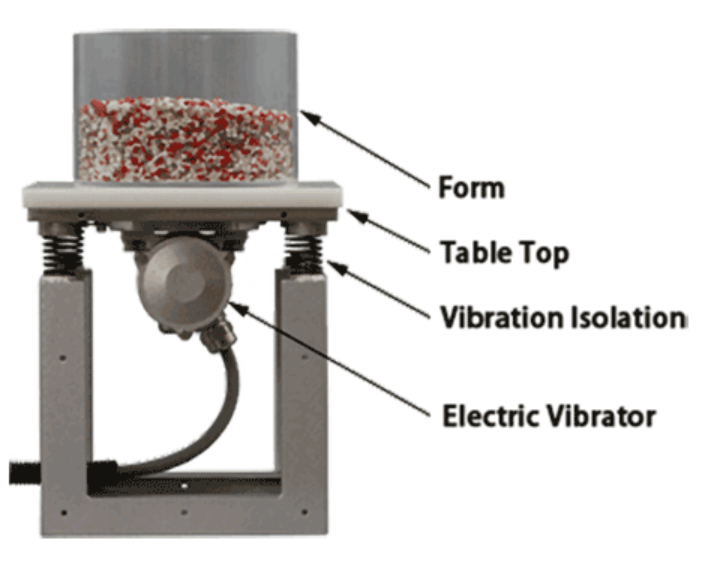
The working principle of a Vibratory Table is based on the vibration force generated by the vibration motor. Through reasonable structural design, the vibration force is transmitted to the tabletop, enabling efficient processing of materials under the action of vibration. Its principle is scientific and easy to understand.
Vibration source drive: The vibration motor is the core power source. When energized, it generates rotational centrifugal force, which is converted into vibration force, providing continuous vibration energy for the equipment.
Vibration transmission: The vibration force is transmitted to the tabletop through connecting components, causing the tabletop to vibrate at a certain frequency and amplitude, driving the materials on the tabletop to move together.
Material movement effect: Under the action of vibration, materials will move relatively according to their own characteristics, such as extrusion and collision between particles, thereby achieving effects such as compaction, separation, or conveying.
What is the structure of a Vibratory Table?
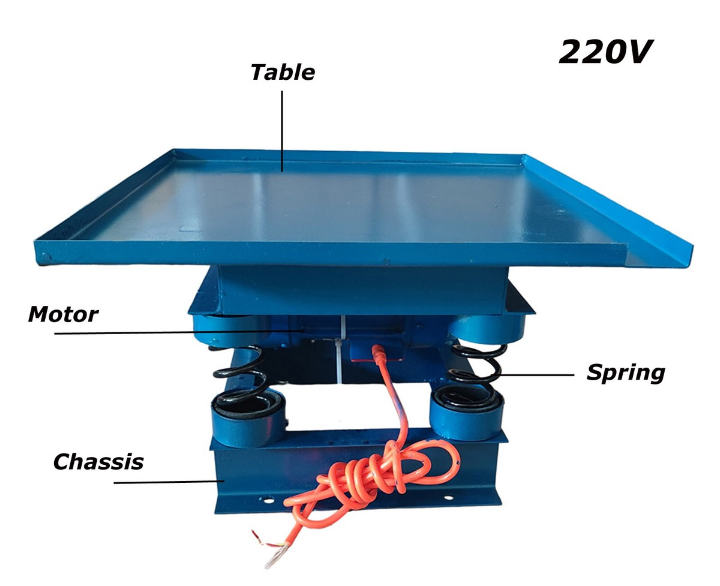
A Vibratory Table is mainly composed of key components such as a vibration motor, tabletop, shock absorption device, and frame. Each component has its specific function, jointly ensuring the stable and efficient operation of the equipment.
Vibration motor: As the core power source of the equipment, it provides energy for vibration, and its performance directly affects the vibration effect and operational stability of the equipment.
Tabletop: It is in direct contact with materials, carrying the materials and transmitting vibration to them. The material and structure of the tabletop are determined according to the characteristics of the materials being processed.
Shock absorption device: It reduces the impact of equipment vibration on the surrounding environment and its own structure, lowers noise, and extends the service life of the equipment. It usually uses elastic components such as springs and rubber.
Frame: It supports the weight of the entire equipment, ensures the accurate installation position of each component of the equipment, and maintains the overall structural stability of the equipment.
Which industries are Vibratory Tables suitable for?
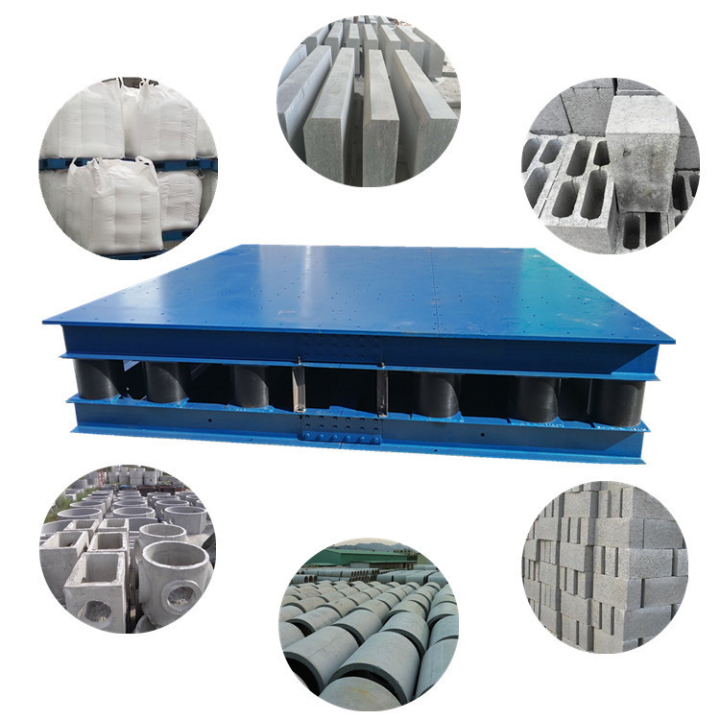
Vibratory Tables have a very wide range of applications, involving multiple industries such as construction, chemical engineering, food, and mining. They undertake different material processing tasks according to actual needs in different industries.
Construction industry: It is used for compacting concrete precast components to improve the compactness and strength of concrete and ensure the quality of precast components; it can also be used for screening and grading construction materials.
Chemical industry: It performs mixing, separation, and auxiliary drying processing of chemical raw materials, promoting reactions between materials, and improving production efficiency and product purity.
Food industry: In the food processing process, it is used for screening, grading, and conveying materials, such as cleaning and screening grains, to ensure the quality of food raw materials.
Mining industry: It performs grading and screening of crushed ores, separating ores of different particle sizes, and providing qualified raw materials for subsequent mineral processing processes.
What factors need to be considered when choosing a Vibratory Table?
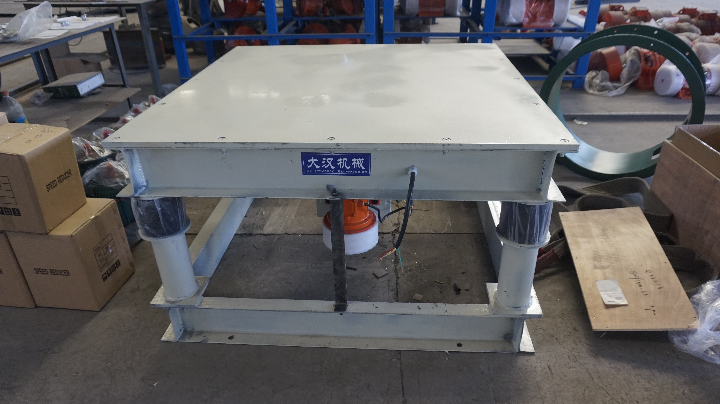
To choose a suitable Vibratory Table for one's own needs, it is necessary to comprehensively consider key factors such as material characteristics, processing capacity, and working environment to ensure that the equipment matches the actual needs and exerts optimal performance.
Material characteristics: Including the particle size, density, humidity, and corrosiveness of the material. Different characteristics of materials have different requirements for tabletop materials and vibration parameters. For example, corrosive materials require a corrosion-resistant tabletop.
Processing capacity: According to the amount of materials that need to be processed in production, select a Vibratory Table of corresponding specifications to ensure that the processing capacity of the equipment can meet production needs.
Working environment: Consider environmental factors such as the size of the workplace, temperature, and humidity, and select equipment suitable for operation in that environment. For example, high-temperature environments require equipment with high-temperature resistant components.
Vibration parameters: According to the requirements of material processing, determine the required range of vibration frequency and amplitude, and select equipment with an adjustable range that meets the needs.
The Vibratory Tables produced by our factory can stably process 5-8 tons of materials per hour per unit, adapting to the production capacity requirements of different industries; they adopt high-quality vibration motors and shock absorption devices, enabling long-term stable operation. For different material characteristics and production scenarios, we can provide customized services: select 304 stainless steel or wear-resistant cast iron tabletops according to the corrosiveness of materials, adjust vibration frequency and amplitude according to processing needs, and adjust equipment size according to site space. Whether it is for compacting concrete in the construction industry or separating raw materials in the chemical industry, it can accurately match production needs and provide reliable support for practical applications.
